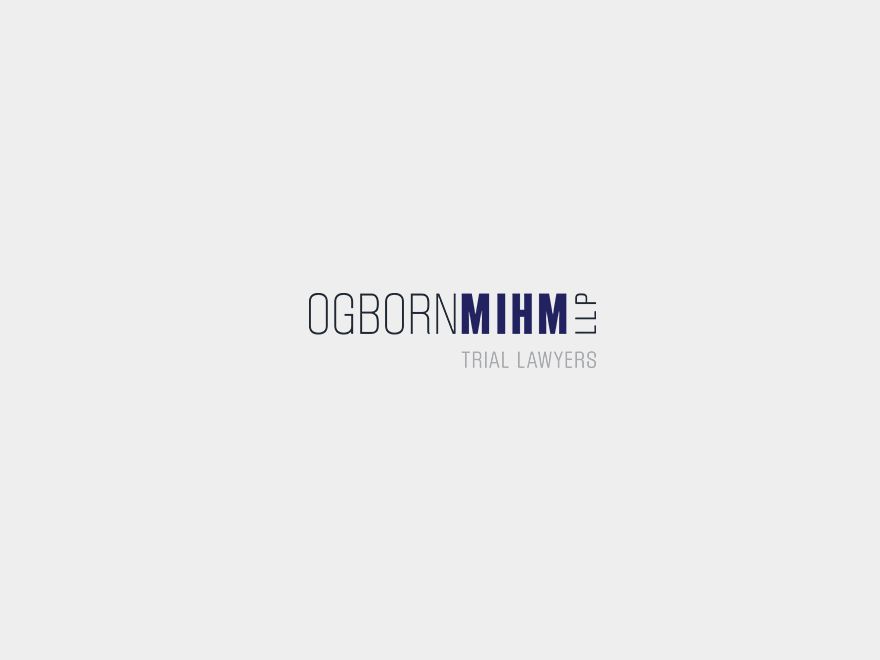At common law, when someone injured a child, two causes of action were created. One cause of action belonged to the parents, and included the child’s pre-majority medical bills and the loss of household services and wages the child would earn prior to majority. The other cause of action belonged to the child, and included the child’s pain and suffering and post-majority economic losses. This rule is old, and dates back to the Roman Republic. Under ancient Roman law, the male head of a household had a claim against anyone who injured his wife, children, or slaves. This rule entered the English common law some time before 1300, and persisted and mutated in English and eventually American law.
Over the years, we’ve largely abandoned the rule. In the nineteenth century, English and American workers objected to the notion that their employers could have a cause of action for injuries the employees suffered because it suggested their employers owned them. As our society recognized that women are entitled to participate fully in the economy, we rejected the notion that their personhood is suspended upon marriage. Until the Colorado Supreme Court decided Rudnicki, the only group of people burdened by this rule were children. Courts justified the old rule by reasoning that since parents have a duty to support their children, the parents should own any claims for medical bills.
The problem with this logic is that it failed to account for “recent” developments in the healthcare economy. Today, most parents do not pay for medical care out of pocket. 95% of children in Colorado are covered by some form of health insurance. And while that seems normal now, health insurance is a relatively recent development. The first health insurance plans were introduced less than 100 years ago. And in our current legal system, insurance companies now have powers they did not at common law.
When a personal injury case resolves today, insurance companies and government benefit programs have the right to recover amounts they paid for pre-majority medical bills from the injured child’s recovery. Even if the child was unable to recover his or her pre-majority medical bills because the parents failed to bring their own claim in a timely fashion. As a result, insurance companies and government benefit programs were often able to take money awarded for future care to pay for past care. The only ones who benefitted under the old rule were the insurance companies. The tortfeasor’s insurance company benefitted because it often did not have to pay for past medical bills. The health insurer benefitted by recovering amounts that the child could not recover.
The Colorado Supreme Court recognized the injustice of the old rule and, at our urging, eliminated it. Under the rule announced in Rudnicki, children and parents jointly own claims for economic losses. This means that a child can recover his or her full damages, even if his or her parents fail to bring suit within the allotted time period. This also helps guarantee that any money recovered will be used to benefit the child, not his or her parents.
In Rudnicki, the Colorado Supreme Court took a hard look at the reality of how our healthcare economy works, and then changed the law to reflect that reality.








